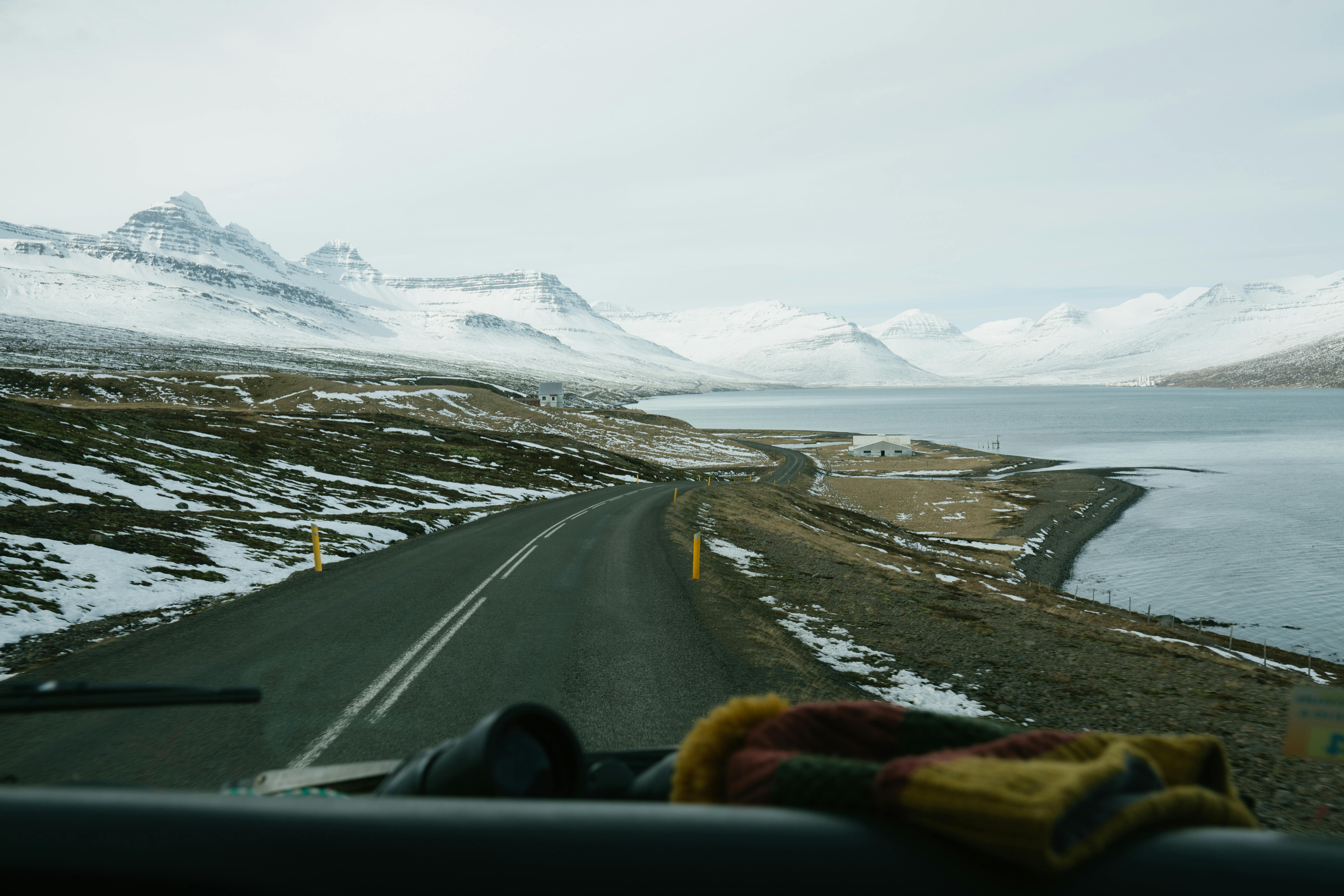LP gas is a camper’s best friend. It gives us warmth on a cold day, hot water for showers, cold food in the fridge, and the ability to cook on the road in the same way that you do when you are at home. When we need it, it’s there, instantly providing us with all the comforts and conveniences we’re used to. We really don’t even think about it, it’s taken for granted that when you press that button, almost like magic, it responds to your demands.
But what is LP gas? Should we be afraid of it or just keep taking it for granted? Liquid propane, better known as LP gas, gets its name because it is stored in a liquid state. When LP gas is made, it is compressed and stored under pressure, causing it to liquefy. When the pressure is released, the liquid turns back to vapor. LP gas is odorless, colorless, and tasteless. To help you detect a leak, an odor is added to it when it is manufactured. If you are unfamiliar with the smell of LP gas, the next time you go to a qualified service station, ask the attendant to let you smell it. Most people describe the smell as similar to rotten eggs or a garlic smell.
We’ll get back to more of the LP gas features in a minute, but let’s tackle the second question first. Should you be afraid of it? You must respect LP gas, because all gases have dangerous characteristics. If you check for gas leaks with an open flame, you are surely in danger. I guess what I’m trying to say is that LP gas is one of the safest petroleum products if handled correctly. Most of the time when there is an LP gas accident it is due to negligence or improper handling.
LP gas is portable, safe when handled correctly, and very efficient, so it only makes sense for it to be used in RVs. I mentioned a moment ago that LP gas is compressed into a liquid state and stored in containers. Due to the amount of pressure involved, the containers are manufactured under very strict codes. There are two basic types of containers, the Department of Transportation (DOT) and the American Society of Mechanical Engineers (ASME). DOT containers, more commonly called cylinders, are the upright type you see on Pop Up, travel trailers, or your barbecue grill. ASME cylinders are called tanks and are mounted horizontally like the type you would see in a motor home.
Regardless of type, all LP gas containers are only filled to 80 percent capacity to allow for expansion when the temperature around the container increases. LP gas cylinders are equipped with overfill protection devices or OPD valves to prevent overfilling.
LP gas can be measured by weight or gallons. You may have heard someone say that the gas cylinders in your travel trailer weigh 30 pounds. cylinders, or they can say their cylinders hold 7 gallons each. A gallon of LP gas weighs 4.26 pounds. The typical barbecue grill uses a 20 lb grill. cylinder, so at 80 percent capacity it would have 3.75 gallons of LP gas.
When you open the gas cylinder valve, the liquid gas reverts to vapor and passes through a two-stage regulator. In the first stage, the pressure leaving the cylinder is significantly reduced near the proper combustion range for LP gas appliances. The second stage reduces it to the 11 inches of water column needed for the appliances to function properly.
There is also an LP gas leak detector inside the RV that will set off an alarm to alert you if there is a gas leak. It is usually near floor level because LP gas is heavier than air and settles towards the floor. If you ever smell LP gas when camping, or if the LP gas leak detector lights up, you could have a leak somewhere in the system. If this happens, you must:
* Extinguish open flames, pilot lights, and do not smoke or touch electrical switches.
* Evacuate the RV and close the main gas supply valve.
Leave the door open and do not return to the area until the smell is gone.
* Have a qualified technician check the system before using it again.
* False alarms can be caused by hairspray, perfumes, cleaning solvents, and low battery voltage.
Let’s take a moment and discuss some of the pros and cons of LP gas.
* Remember to turn on the main gas supply when you are ready to use a gas appliance.
* Have the system checked if you suspect a leak, disturb the gas system, or at least once a year.
* Follow the proper steps to safely transport, store and use LP gas cylinders.
* Review all cautions and warnings about the LP gas system and appliances in the owner’s manual.
* Do not use an open flame to check for leaks.
* Do not use stove burners or oven as a heat source; it is not vented to the outside and depleted oxygen can cause suffocation.
* Do not go to a gas station to refuel unless you turn off any open flames or pilot lights and turn off LP gas appliances.
* Do not transport LP gas cylinders inside a vehicle.
* Don’t be afraid of LP gas, but respect it and handle it correctly.
Happy Camping!
Copyright 2006 by Mark J. Polk, Owner of RV Education 101
